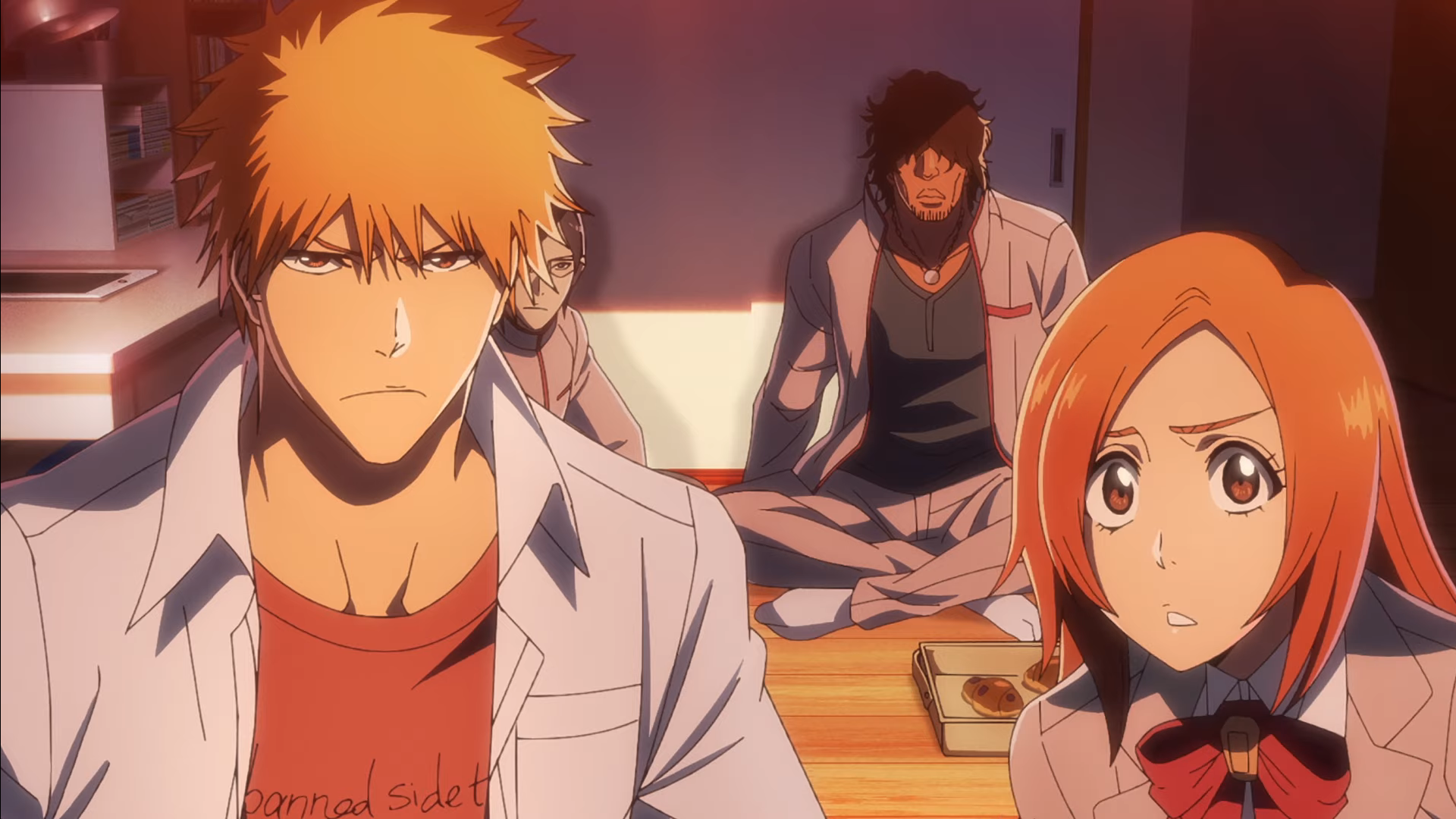Table of Contents Show
Bleach, once regarded as one of anime’s big three, ended in 2012 with the “Lost Agent Arc,” leaving fans to hold out hope of one day seeing the final arc, “Thousand-Year Blood War,” brought to the screen. Now, those hopes are realized with the release of Bleach: Thousand-Year Blood War (2020).
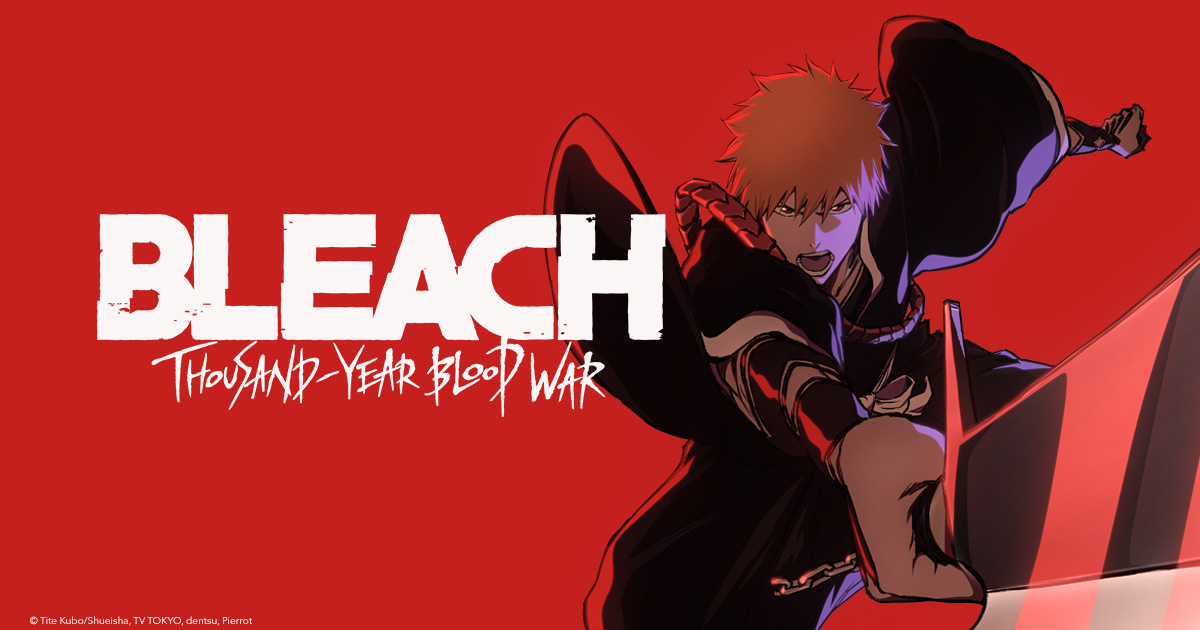
Ten years later, Bleach has brought itself back to the forefront for anime fans with the final and most brutal arc in the series. From its dedicated fan base to the incredible writing that has culminated in this final arc, there are several factors contributing to Bleach’s successful return.
Shonen Jump’s Big Three
Bleach first debuted in Weekly Shonen Jump Magazine in August 2001. It followed a high school student named Ichigo Kurosaki who could see ghosts. After a fateful encounter with a Soul Reaper named Rukia Kuchiki, he became a Soul Reaper himself in order to protect his family and friends from malevolent spirits called Hollows.
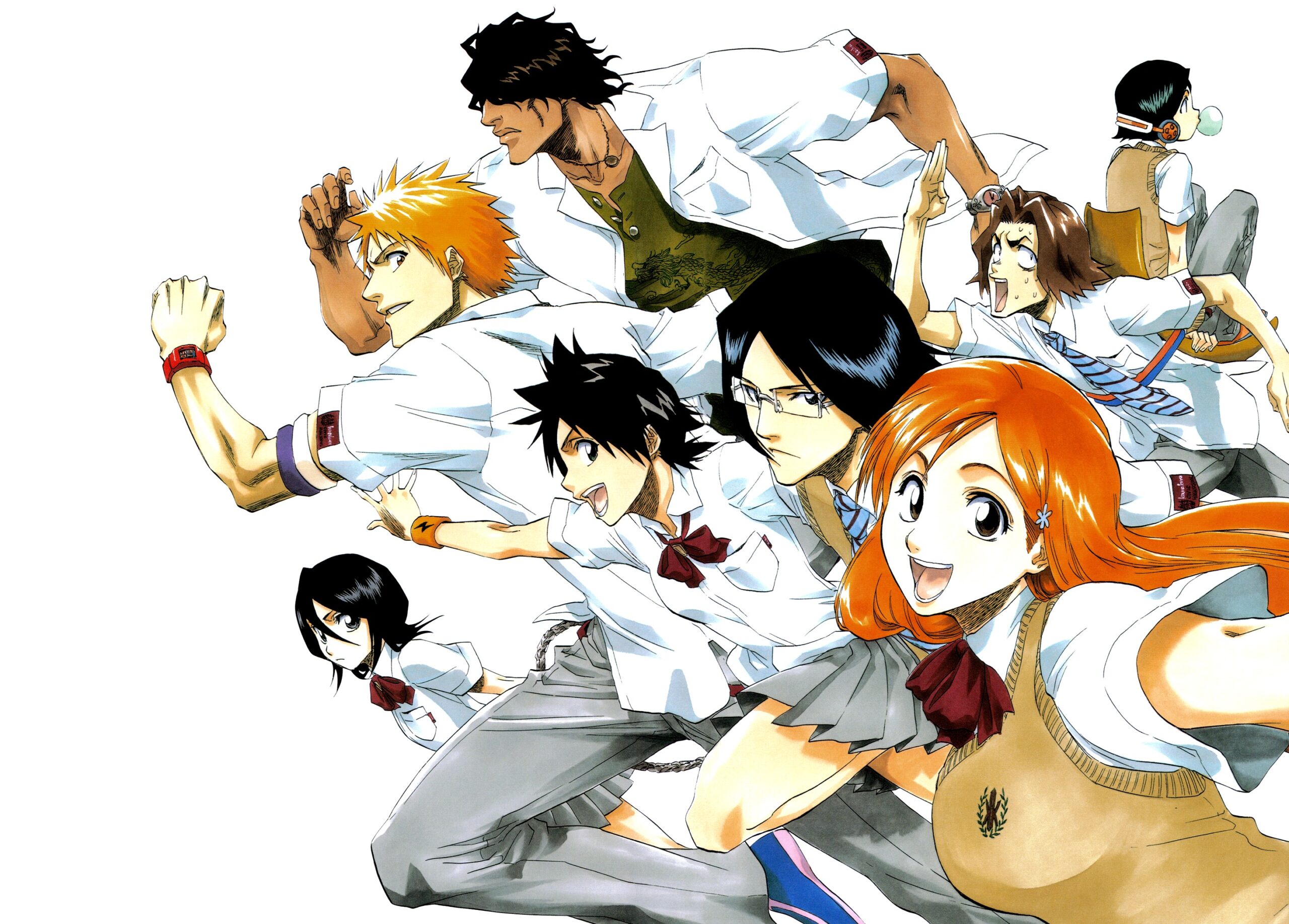
The story followed Ichigo through his training as a Soul Reaper and his journey into the spirit world of the Soul Society to save Rukia from execution. Following this, he traveled to the Hollows’ world of Hueco Mundo to save his friend Orihime and to stop Sosuke Aizen from destroying his hometown and the Soul Society. After this, he lost his abilities and 17 months later worked to gain them back with the help of a mysterious group called the Fullbringers.
The adventure finally ended with Ichigo and the Soul Society facing their greatest threat: the revived Quincies and their leader Yhwach who wanted to take down the Soul King and destroy the Soul Society. At that time, there were two other popular shonen series: One Piece (1997-present) and Naruto (1999-2014). Together, these three series were regarded as “The Big Three.” This title wasn’t due to them being considered the best anime series of all time but instead was due to them being the most successful and popular during their serialization in Weekly Shonen Jump Magazine.
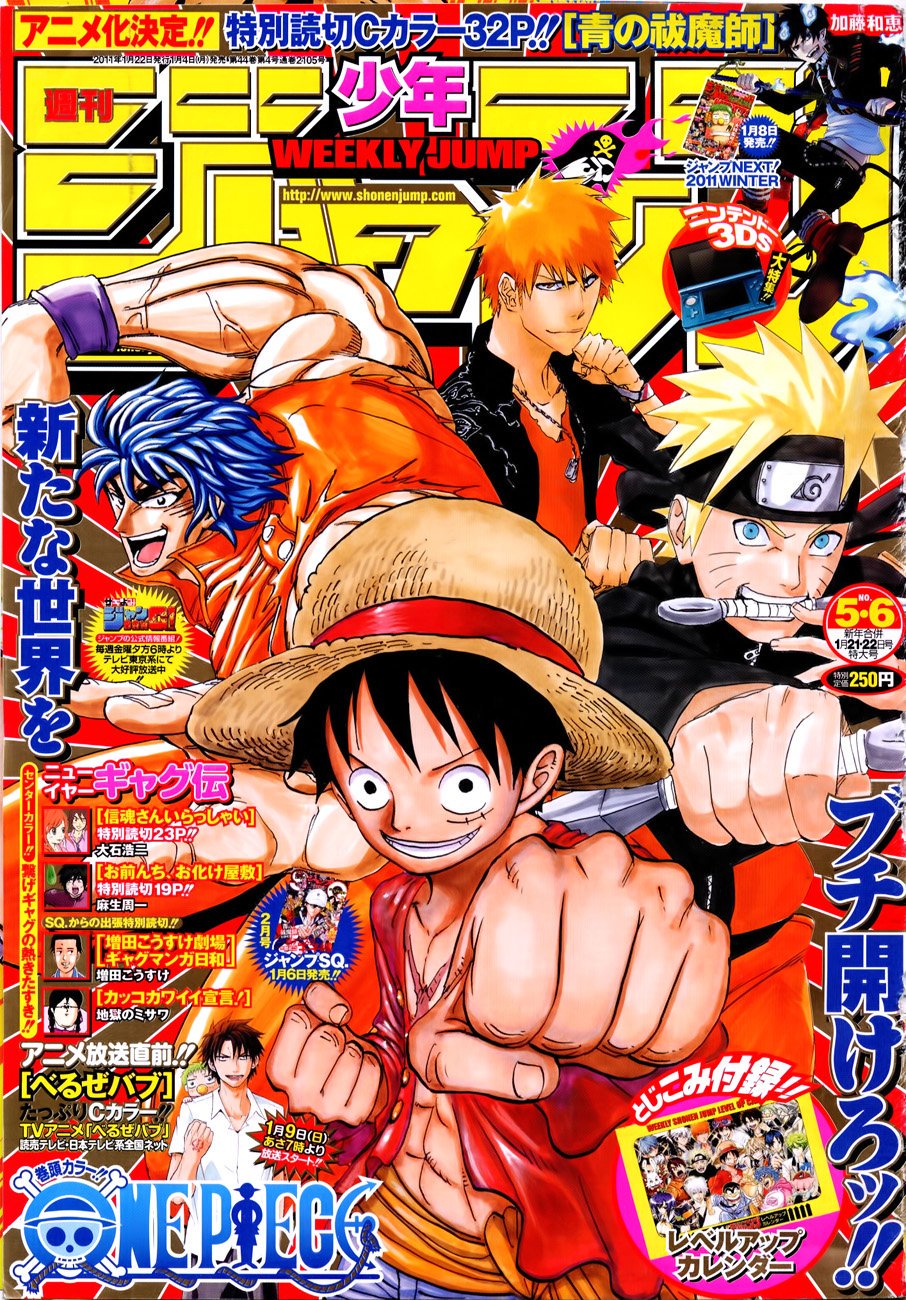
They were published during a time when Shonen Jump magazine was facing a drop in readership due to several long-running series coming to an end during the late ’90s (( Ramphele, Naledi. “Why There Can Never Be a ‘New Big Three’.” Game Rant 8 April 2022. )). One Piece, Naruto, as well as Bleach, came around at just the right time to save Shonen Jump financially by attracting its once-lost reader base and new readers. Bleach’s position in The Big Three was not unearned. Tite Kubo’s unique art style, diverse character designs, and engaging story helped draw in new readers to the magazine as well.
Death & Strawberry
Bleach is technically the first of the three to conclude its story. One Piece’s story is still ongoing. Naruto ended in 2014, but its spin-off series, Boruto: Naruto Next Generations, continued the series in May 2016, whereas Bleach ended in August 2016. While it’s been 6 years since the manga ended and 10 years since the anime ended in March 2012, Bleach creator Tite Kubo was instrumental in reviving Bleach and preparing anime viewers for its return in October 2022.
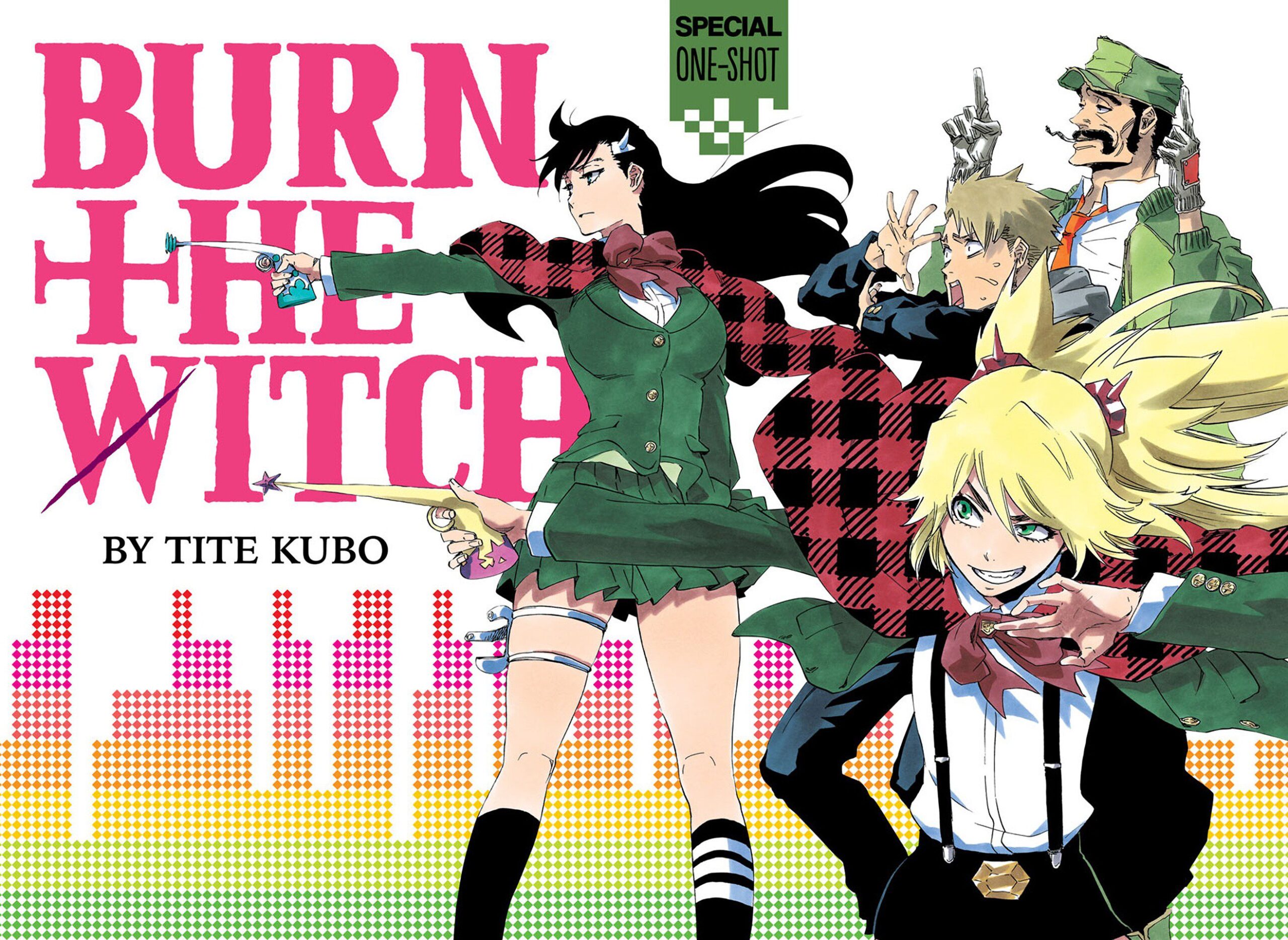
In 2018, Kubo published a one-shot manga called Burn the Witch. Set in the same universe as Bleach, it followed two witches named Noel Niihashi and Ninny Spangcole who worked for the Western Branch of the Soul Society. This story revived interest in the world of Bleach and placed the series back on anime watchers’ radar. Two years later, it was announced in March 2020 that the final arc of Bleach would be receiving an anime adaptation.
The original anime concluded with the “The Lost Agent” arc and the final arc, “Thousand-Year Blood War,” was left to the manga pages. This was also when it was announced that Burn the Witch would be receiving an anime adaptation. In August 2020, Kubo released four new chapters of Burn the Witch as companions to the anime, with more chapters in the works. The world of Bleach was certainly receiving a lot of attention. Finally, to prepare fans for the anime, Kubo released a special Bleach one-shot chapter in August 2021.
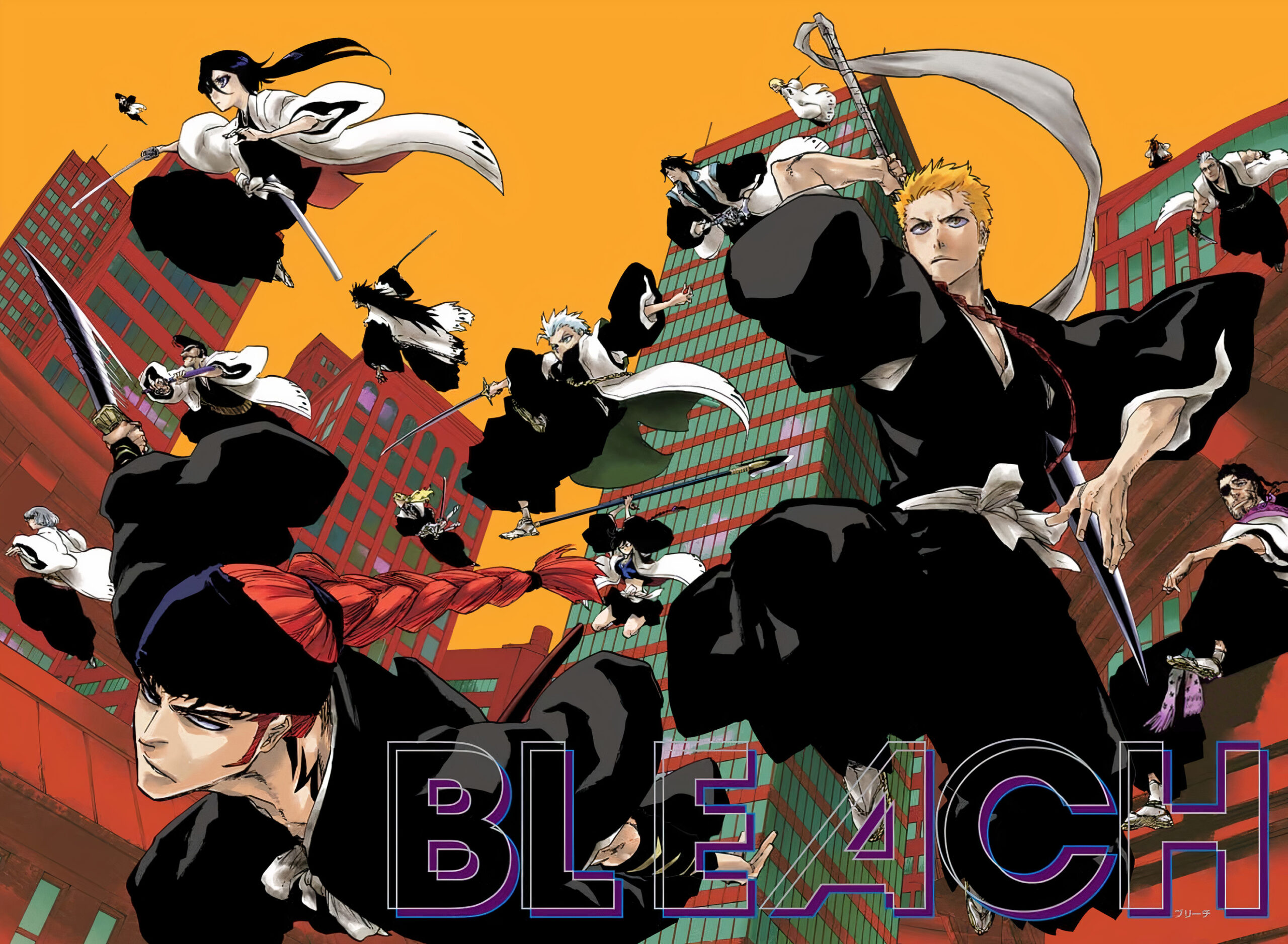
This chapter took place 12 years after the events of the manga and saw Ichigo, now an adult, continuing in his responsibilities as a Soul Reaper along with his other friends. It gave readers a glimpse into the adult lives of the main characters and introduced new characters in the forms of Ichigo’s son, Kazui, and Rukia’s daughter, Ichika. It also teased a potential new arc with the return of an old antagonist, Szayelaporro Granz, who used to work for Aizen.
Thanks to Kubo’s continued interest in the story and world of Bleach, he created more content for the fans (both old and new) to enjoy in anticipation of the anime’s return. By expanding the world, introducing new characters, revisiting past characters, and teasing at potentially more story, Kubo had prepared his audience for the anime adaptation of the final arc.
The Deathberry Returns
Finally, on October 11, 2022, Bleach: Thousand-Year Blood War aired. With the return of its original voice cast and stunning animation by Studio Pierrot, the anime had a strong premiere, rating 9.11/10 on anime database website MyAnimeList after its airing. With the 13th episode having aired on December 27, 2022, and thus concluding the first part of the anime, it currently sits at a 9.15 rating and is ranked #1 on MyAnimeList’s “Top Anime” page.
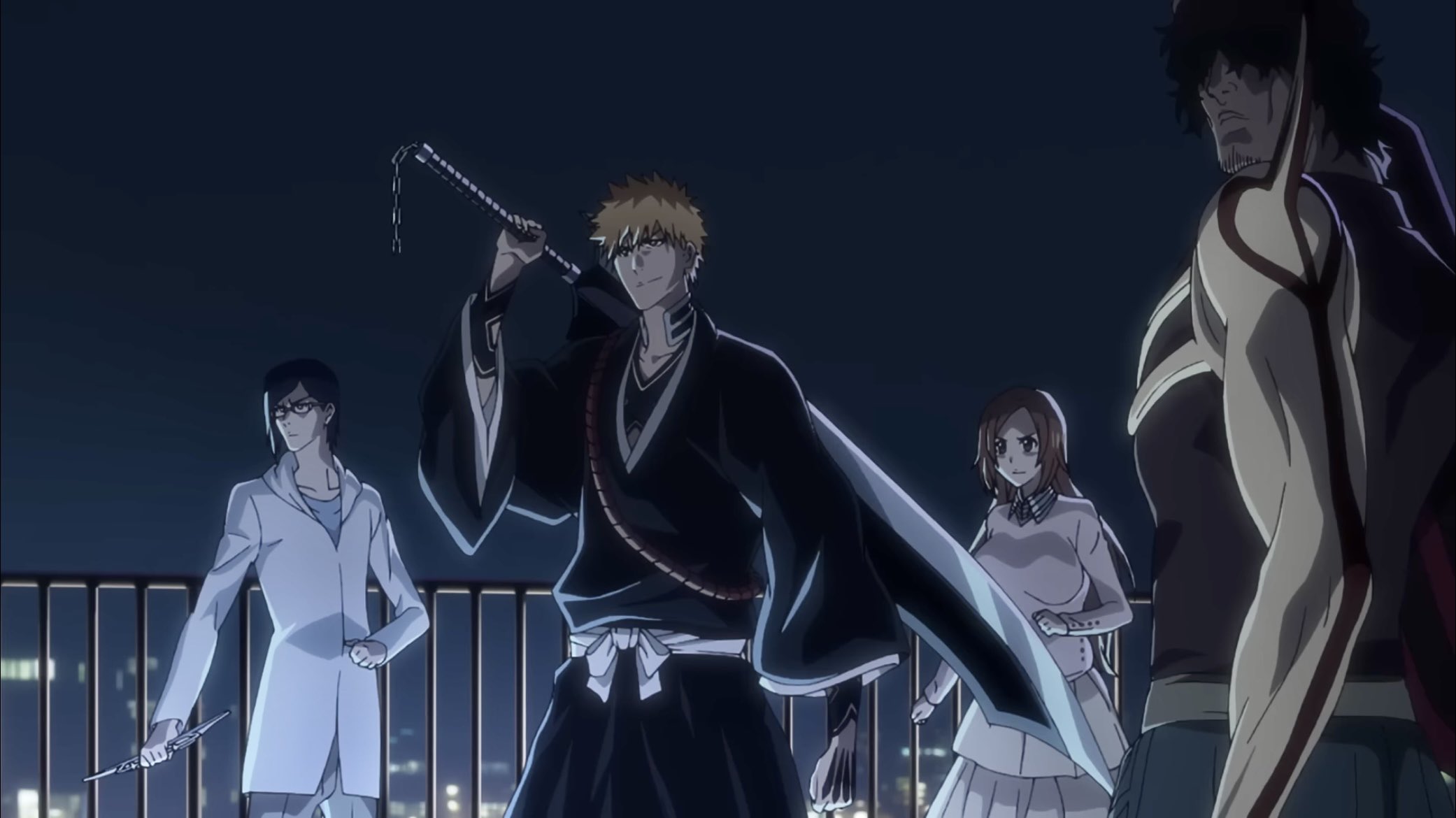
While the animation and voice cast certainly drew in anime fans to test the waters, the action and story should be credited with maintaining the audience. The final arc is objectively the most violent, action-packed, and character-driven arc of the series. New revelations are learned about Ichigo and his Quincy friend Uryu Ishida’s family history. A new enemy that is more formidable, dangerous, and ruthless than even Aizen has appeared in the form of Yhwach and his Quincy army. Coupled with the return of fan-favorite characters as well as the introduction of new, interesting allies and seemingly unbeatable enemies, not to mention the death of prominent characters, Bleach had no trouble returning to the anime scene.
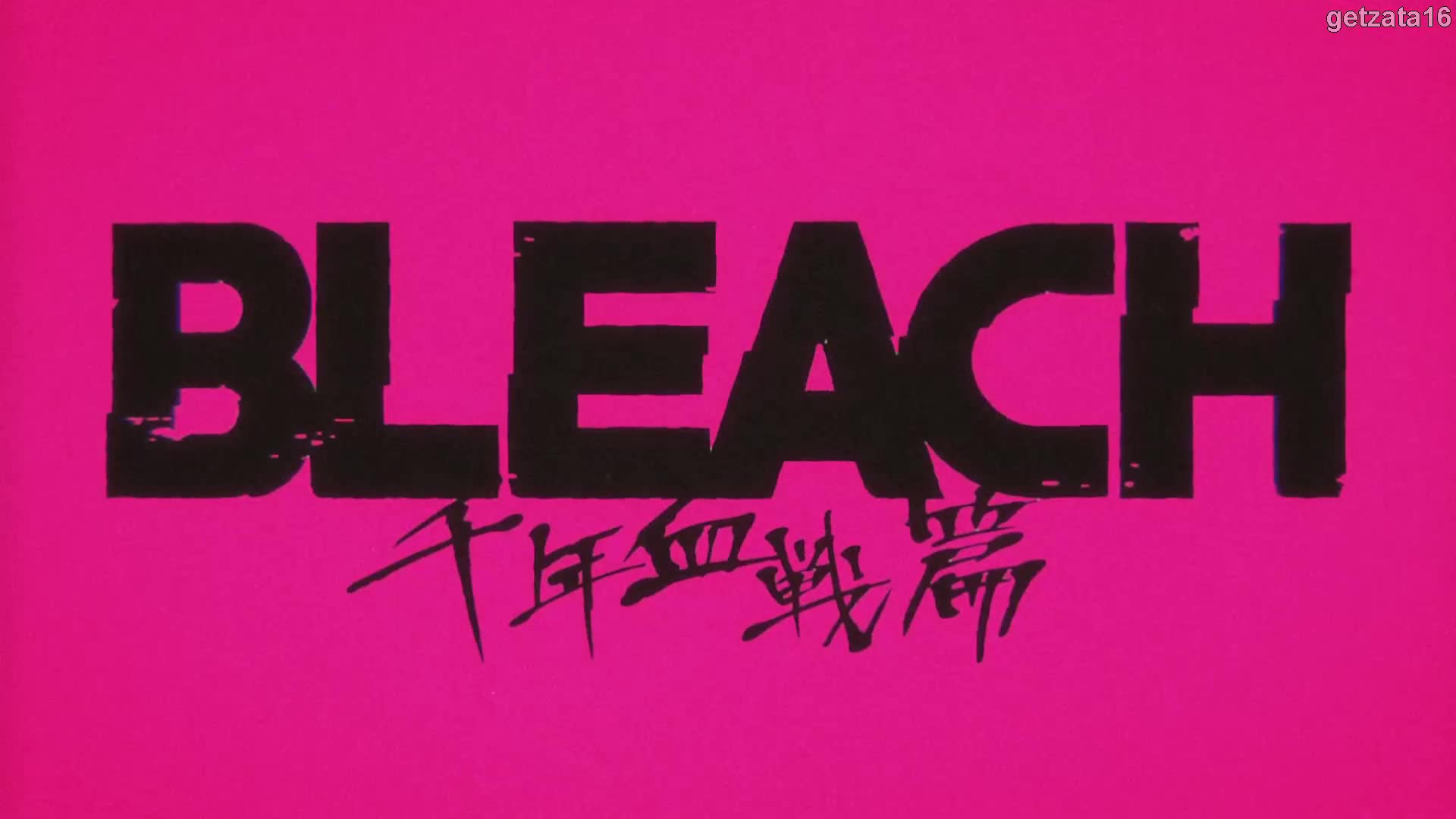
Everything that audiences and Ichigo understood to be true about the Soul Society and the Quincies is rocked to its core in the final arc. After a victorious return to form in the first episode, Ichigo quickly finds himself in the position of simply not being strong enough to save his friends, even after all the hard work he put in to regain his powers. Notable captains like Byakuya Kuchiki, Kenpachi Zaraki, and Genryūsai Shigekuni Yamamoto are all struck down by the Quincy King and his army.
Tite Kubo does not hold back in his violent depiction of war in the final arc and it gives the sense that almost no character is safe. This anticipation of what could come next could be felt in even the manga readers watching the anime. It’s this kind of storytelling that draws in fans, keeps them planted in their seats, and has them asking for more when the episode ends. With Boruto continuing the legacy of Naruto and One Piece still airing 25 years later, Bleach has returned to its rightful place to round out Shonen Jump’s “Big Three.”
